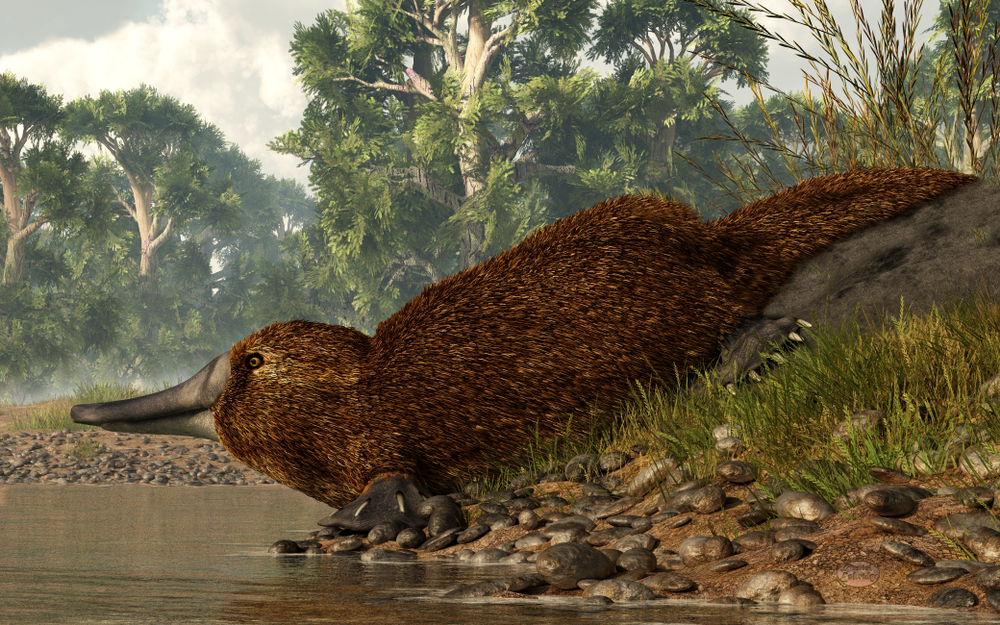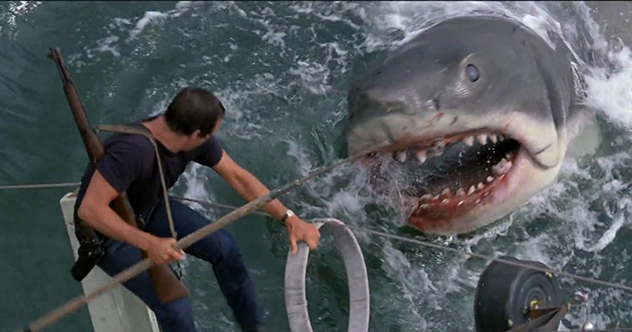Now Reading: Fossil Discovery at Dinosaur Cove Reveals Evolutionary Roots of Platypus and Echidna
-
01
Fossil Discovery at Dinosaur Cove Reveals Evolutionary Roots of Platypus and Echidna
Fossil Discovery at Dinosaur Cove Reveals Evolutionary Roots of Platypus and Echidna

Quick Summary
- Scientists re-examined a fossilized humerus originally discovered 30 years ago to reassess the evolutionary origins of monotremes (egg-laying mammals such as echidnas adn platypuses).
- New evidence suggests monotremes may have evolved from semi-aquatic ancestors,contradicting the longstanding theory that they originated on land.
- This conclusion stems from the density and structure of the fossil bone, which resembles contemporary platypus bones rather than land-based mammals.
- The extinct species Kryoryctes, estimated to have lived 108 million years ago, appears to represent a transitional stage in this evolutionary journey.
- Unlike most terrestrial-to-aquatic transitions observed in animals like whales or otters,this study proposes a rare water-to-land evolutionary path for echidnas.
- Advanced non-destructive imaging techniques are being used to analyze microscopic details of the fossil without damaging it further.
indian Opinion Analysis
This fresh viewpoint on monotreme evolution highlights how reinterpretation of old data with modern tools can lead to groundbreaking discoveries in science. While primarily focused on Australian fauna, these findings hold value for India’s rich paleontological legacy by emphasizing collaborative analyses across science disciplines globally.
The potential shift from aquatic origins challenges customary thinking about mammalian evolution and underscores nature’s adaptability over millions of years. For India-home to diverse ecosystems-the study serves as a reminder about preserving habitats that continue fostering unique species which might themselves become subjects for pivotal scientific studies in the future.


























